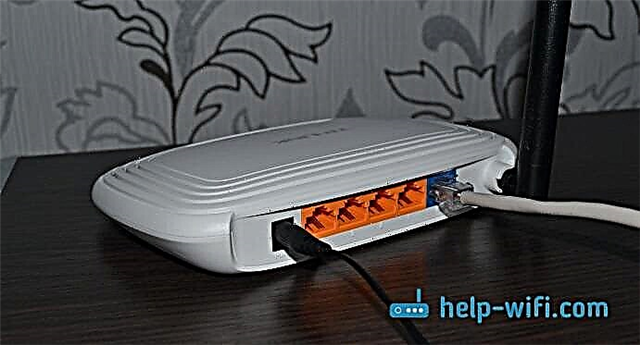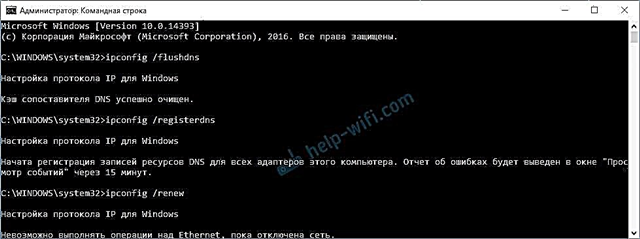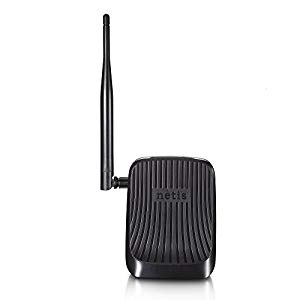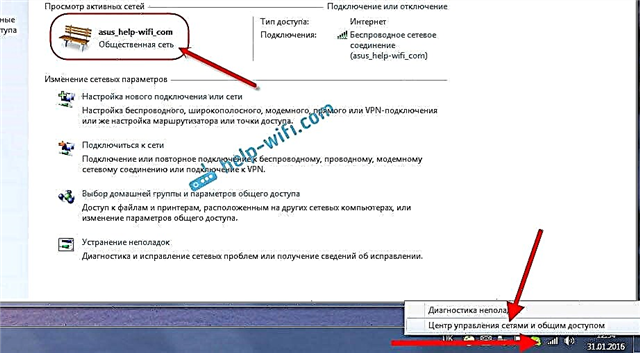In the comments to the article on setting up a wireless bridge (WDS) on TP-Link routers, they told me that in the settings of some new routers (for example, on the TL-WR841N V14), it became possible to select the mode of operation of the router. And there is a working mode "Wi-Fi Signal Booster", or simply "Signal Booster". Honestly, I didn't know. Recently, I have not had to configure new device models from TP-Link. And as far as I understand, not all new routers or new hardware versions of old devices have the ability to select the operating mode. But the news is very good, since until that time it was not possible to configure a TP-Link router in repeater mode so that it strengthens the Wi-Fi network. More precisely, there was such an opportunity - this is the wireless bridge mode, but with the settings there everything is much more complicated. And during the setup process, users faced many different problems.
A few words about what the Wi-Fi signal booster mode is and why it is needed on a router. And then let's go directly to the setup. There are such separate devices as repeaters. Their task is based - to strengthen the signal of an already existing Wi-Fi network. Expand the range of the Wi-Fi network. Almost all routers can work in the re-copy mode. That is, to act as a wireless signal amplifier. This includes routers from TP-Link. Only on the devices of most competitors, these settings are organized in a simpler and more understandable manner. You need to select the appropriate operating mode (which is called "Wi-Fi booster", or "repeater") and go through a quick setup. And on TP-Link routers, you had to configure the wireless bridge mode (WDS).
In principle, if you look at it, it's almost the same thing. But since our task is to strengthen the signal of a certain Wi-Fi network, then after setting up there should be one network (with one name and password). If necessary, you can change the network name on the second router. So, when it is possible to configure the router in amplifier mode, the router automatically copies the settings of the main Wi-Fi network. And after tuning, we get a signal booster. The network is one, just reinforced with a second router. And in the case of WDS, you first have to configure the connection to the main router, then manually disable or set certain DHCP server settings, change the wireless network settings. Conclusions: setting up a TP-Link router in Wi-Fi signal booster mode (by selecting this mode in the settings) is much easier than doing it via WDS. I don't know, maybe there are some more chips, maybe stable ones work. But I believe that such a mode of operation should be in the settings of every modern router. I hope that such settings will appear on all TP-Link routers in the near future. Perhaps even in newer firmware versions (if this can be done using software).
Conclusions: setting up a TP-Link router in Wi-Fi signal booster mode (by selecting this mode in the settings) is much easier than doing it via WDS. I don't know, maybe there are some more chips, maybe stable ones work. But I believe that such a mode of operation should be in the settings of every modern router. I hope that such settings will appear on all TP-Link routers in the near future. Perhaps even in newer firmware versions (if this can be done using software).
Configuring a TP-Link router as a repeater (to strengthen the Wi-Fi network signal)
At the moment, I do not have the opportunity to test this all in real conditions. As soon as I have a router, in the settings of which it will be possible to select this operating mode and check everything, I will do it. And if necessary, I will supplement the article. To write this article, I used the TL-WR841N router web interface simulator, hardware version v14. I found the same settings on TL-WR940N v6, TL-WR840N v6.
Since this function is currently (at the time of this writing) available only on some routers, most likely you will have to configure WDS mode to use a TP-Link router as an amplifier. I gave a link to detailed instructions above.
First, we need to go into the router settings. You can use my instructions: how to enter the settings of the TP-Link router.
If your router has the ability to change the operating mode, then there should be a tab "Work mode" (Operation Mode). We open it, put the switch near the mode "Wi-Fi Signal Booster" and click on the button "Save"... If the message "The new operating mode will only be used after the router is rebooted. Do you want to change the operating mode?" click "Yes".

The router should reboot.

After changing the operating mode, the settings in the web interface will become much less. Unnecessary settings will be hidden. This is good, since they are easier to understand and there is nothing superfluous. Also, in the properties of the wireless mode, the selected operating mode will be indicated.

Next, you need to connect our router-repeater to the main Wi-Fi network, the signal of which needs to be amplified. To do this, go to the section "Wireless mode" – "Connecting to the network" and click on the button "Search"... If necessary, you can manually register the network name (SSID), its MAC address, select the type of security and enter the password.

Select your network from the list of available networks that our TP-Link router will find.

We only need to enter the password for this Wi-Fi network and click on the button "Save". Important: make sure to enter the password correctly. Otherwise, the router will not be able to connect to the selected network, synchronize settings, and amplify the signal.

The setup is complete. After saving the settings, our router should connect to the selected wireless network and extend its range. By default, we will have one network, since TP-Link in this mode clones the network settings (name, password) to which it connects.
Additional settings
If you want TP-Link to distribute a network with a different name and password, then just change these settings in the "Wireless Mode" section - "Extended network"... There you can change the name (SSID) of the extended network, password, and save the settings. I do not recommend changing the protection of the extended network (leave WPA-PSK / WPA2-PSK).

As for the IP and DHCP server settings, after switching the router to the "Wi-Fi signal booster" mode, the operation mode is automatically set in the LAN settings "Smart IP (DHCP)".

In this mode, TP-Link automatically configures the required parameters. In this case, the DHCP server is disabled, and the main router issues IP addresses. This is how it should be when using a router as a repeater.

An important point: when connecting devices to the LAN port of the router, the Internet will work. This means that in this mode, the router can also be used as an adapter (Wi-Fi receiver) for wired devices (PCs, TVs, set-top boxes, etc.). Since there is no separate "Adapter" mode on these routers (perhaps not yet).
How to return a TP-Link router to normal operation?
Very simple. Go to the "Working Mode" section, put the switch next to "Wireless Router" and save the settings.

After rebooting, the router will work normally. All settings will return.
You can also reset the settings using the button, or through the web interface.
I think I will update this article more than once, since TP-Link routers with the "Signal Booster" function are just coming out. Don't forget to write in the comments. Ask questions, share useful tips!











